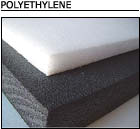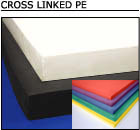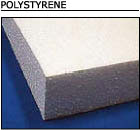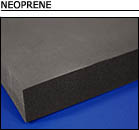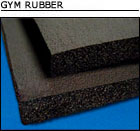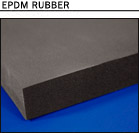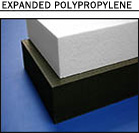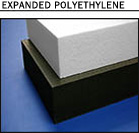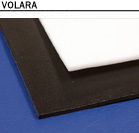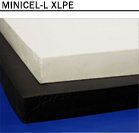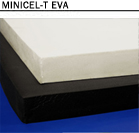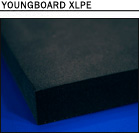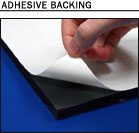
Closed Cell Foam Types
Polyethylene: Polyethylene foam is a strong, resilient closed-cell foam. Ideally suited as the material or part of a material required in products requiring a shock absorbing, vibration dampening, insulation, barrier or buoyancy component, and as a material for cushioning products in packaging applications. Polyethylene foam's excellent buoyancy allows it to be used in flotation equipment, and other nautical products.
Polyethylene Roll: Chemically crosslinked foam that offers aesthetic appeal as well as an outstanding range of performance characteristics. Its smooth surface, excellent consistency, gauge control, superior physical and chemical properties, low water absorption and vapor transmission make Polyethylene Foam Roll a versatile, dependable solution for a host of demanding applications.
Cross Linked Polyethylene: Extremely fine-celled, chemically crosslinked foam that is ideal for applications which require a thicker foam. It combines a smooth, aesthetic feel with superior physical and chemical properties. XLPE is the ideal solution for a diverse array of applications where thicker sections of closed cell foam are required.
Polystyrene (AKA EPS): A lightweight foam, EPS is very popular for countless craft projects, and its easy to work with. EPS’s unique closed-cell structure allows almost total resistance from moisture & water vapor and will not rot or attract fungi or mildew. Also, EPS has a superior R-value, so it will insulate and keep heat or cool inside a particular room.
1LB Density: Construction use, insulation, arts & crafts, and cake interiors.
2LB Density: Hot tub covers, construction use, Insulation, and arts & crafts.
3LB Density: Hot tub covers, construction use, Insulation, and arts & crafts.
Neoprene (Similar to Monarch): Flexible and durable sponge rubber that provides good thermal & moisture insulation and form fitting which is able to resist ozone, sunlight, oxidation, many petroleum derivatives and chemicals. Neoprene foam can also resist breakdown by water, and can become temporarily stable because water & air can be come isolated in its unique molecular structure. Some of the many uses of neoprene include sports gloves, waders, wet suits, insulated can holders, knee & elbow pads, expansion joint filer in masonry & concrete, and filler support sealant in traffic bearing joints.



















